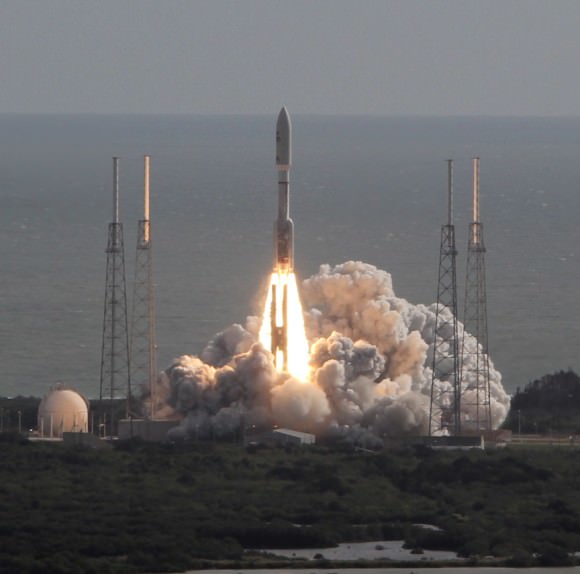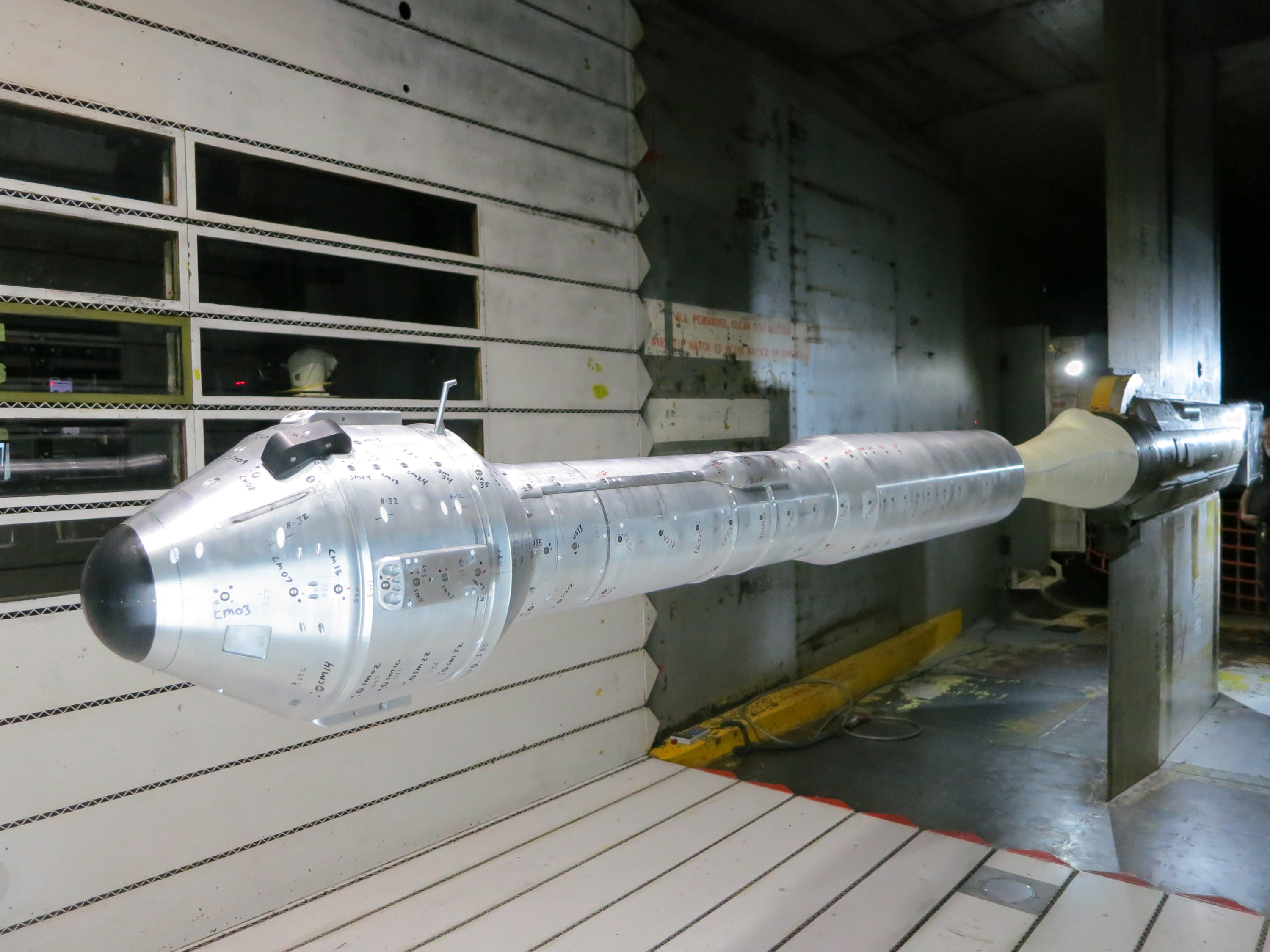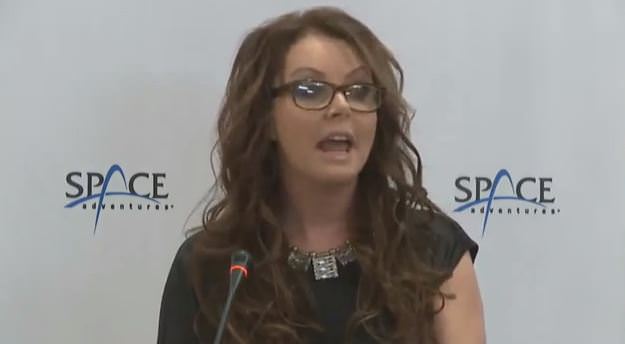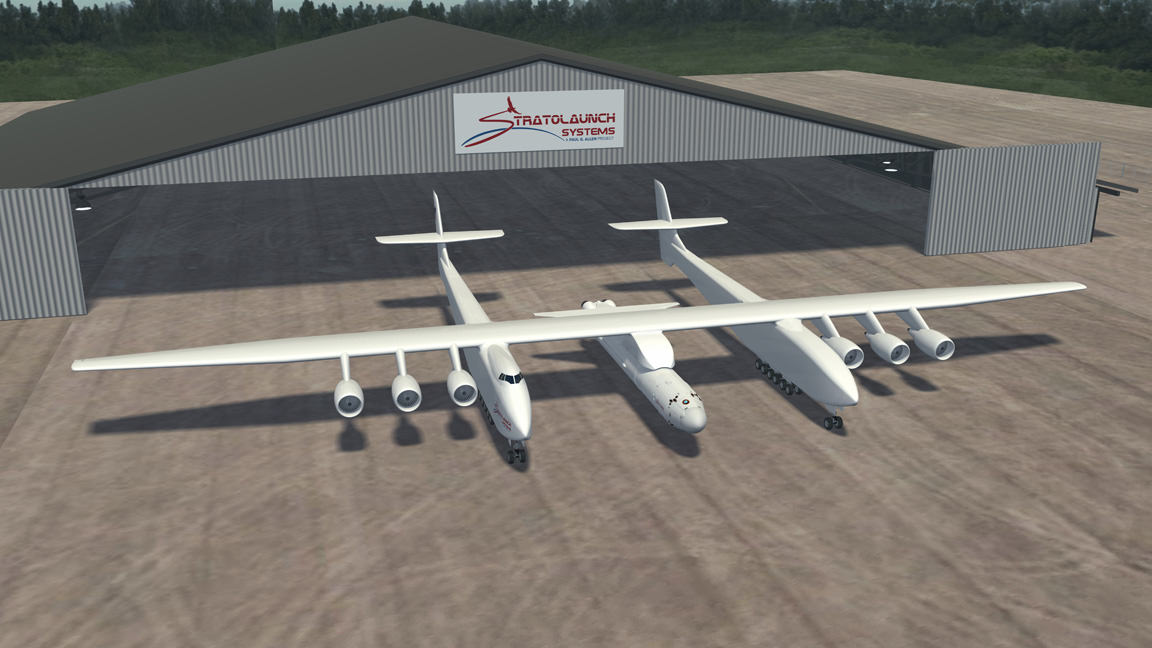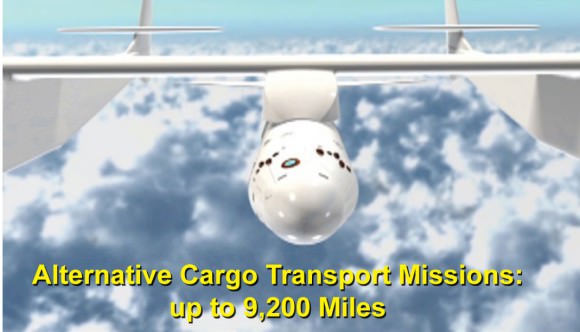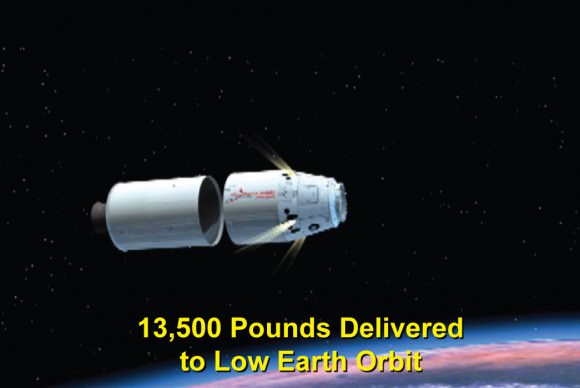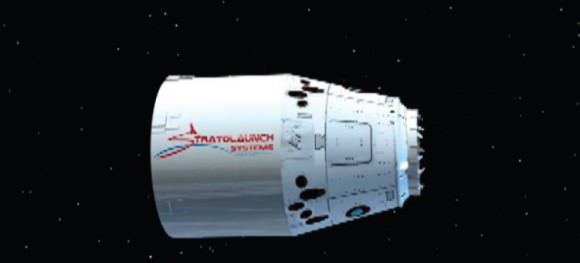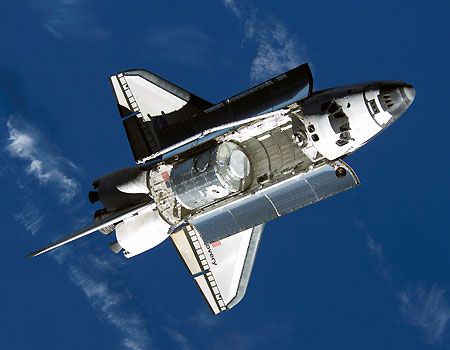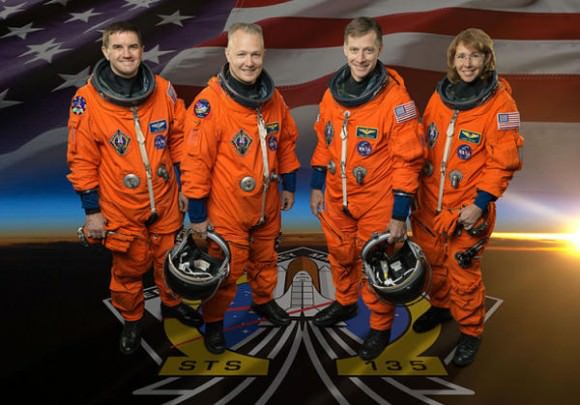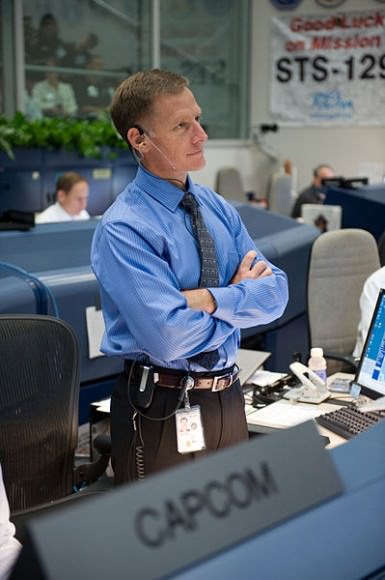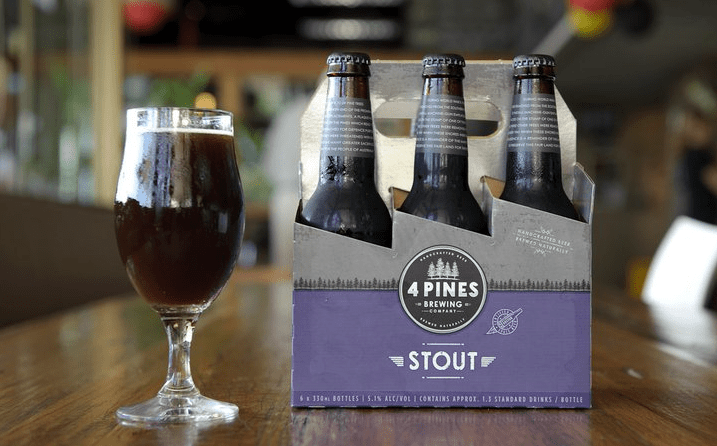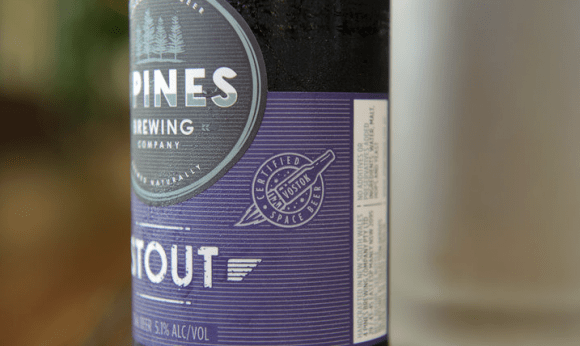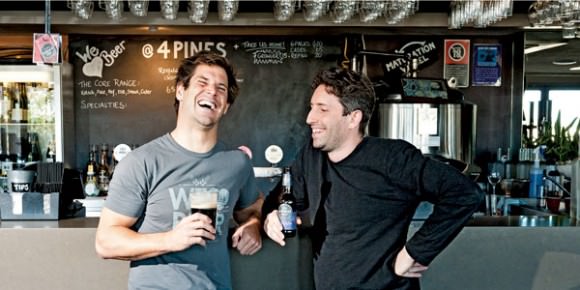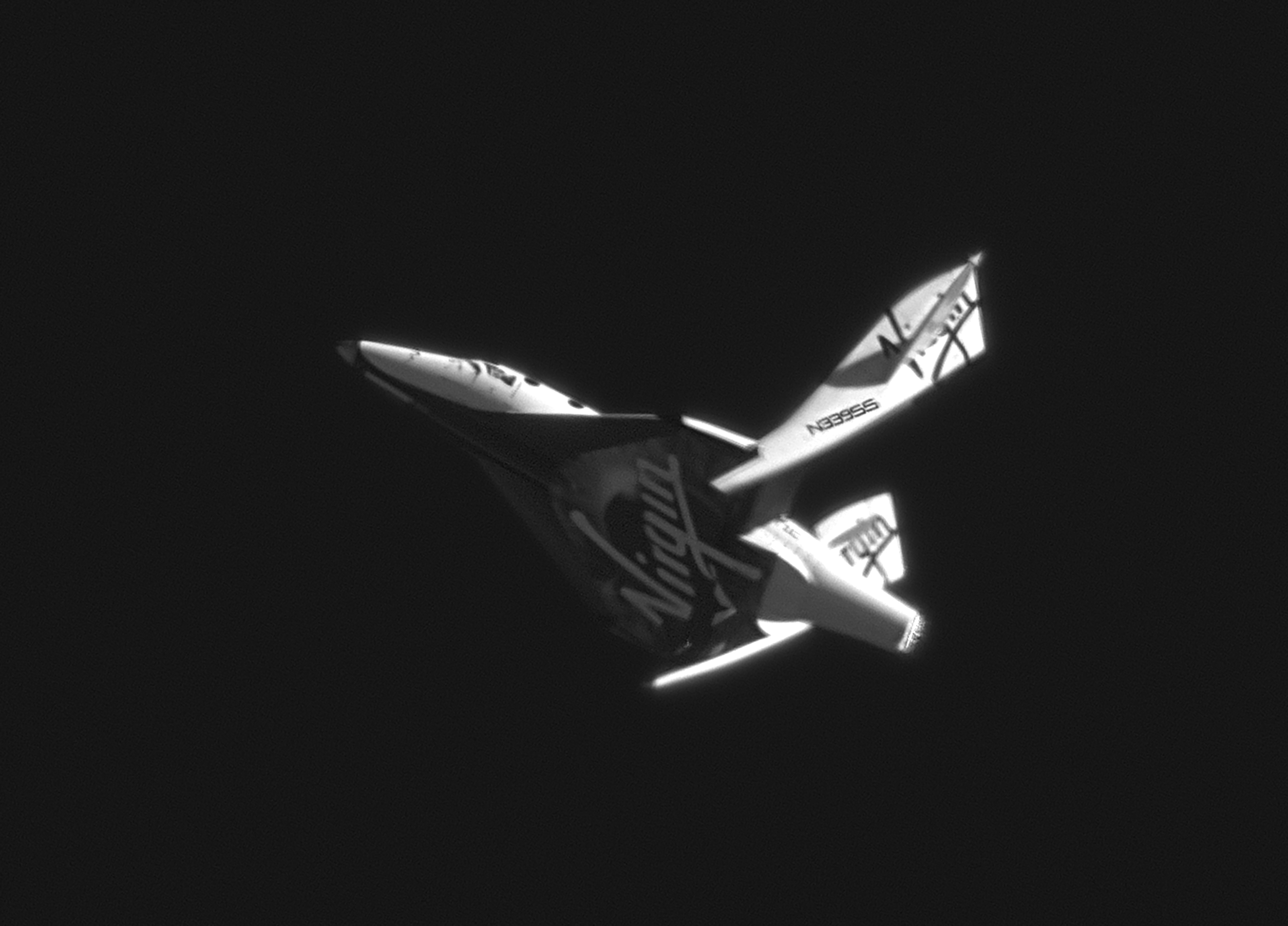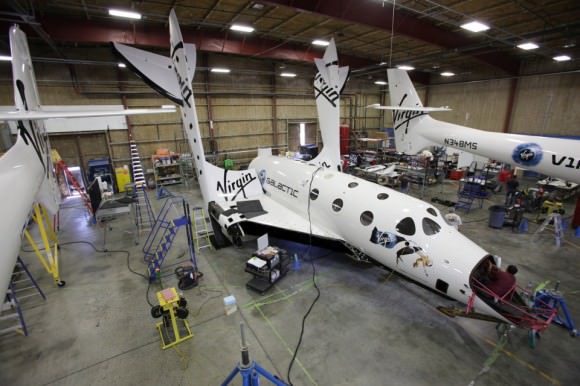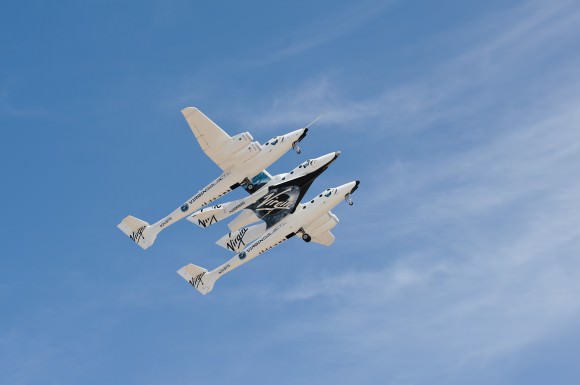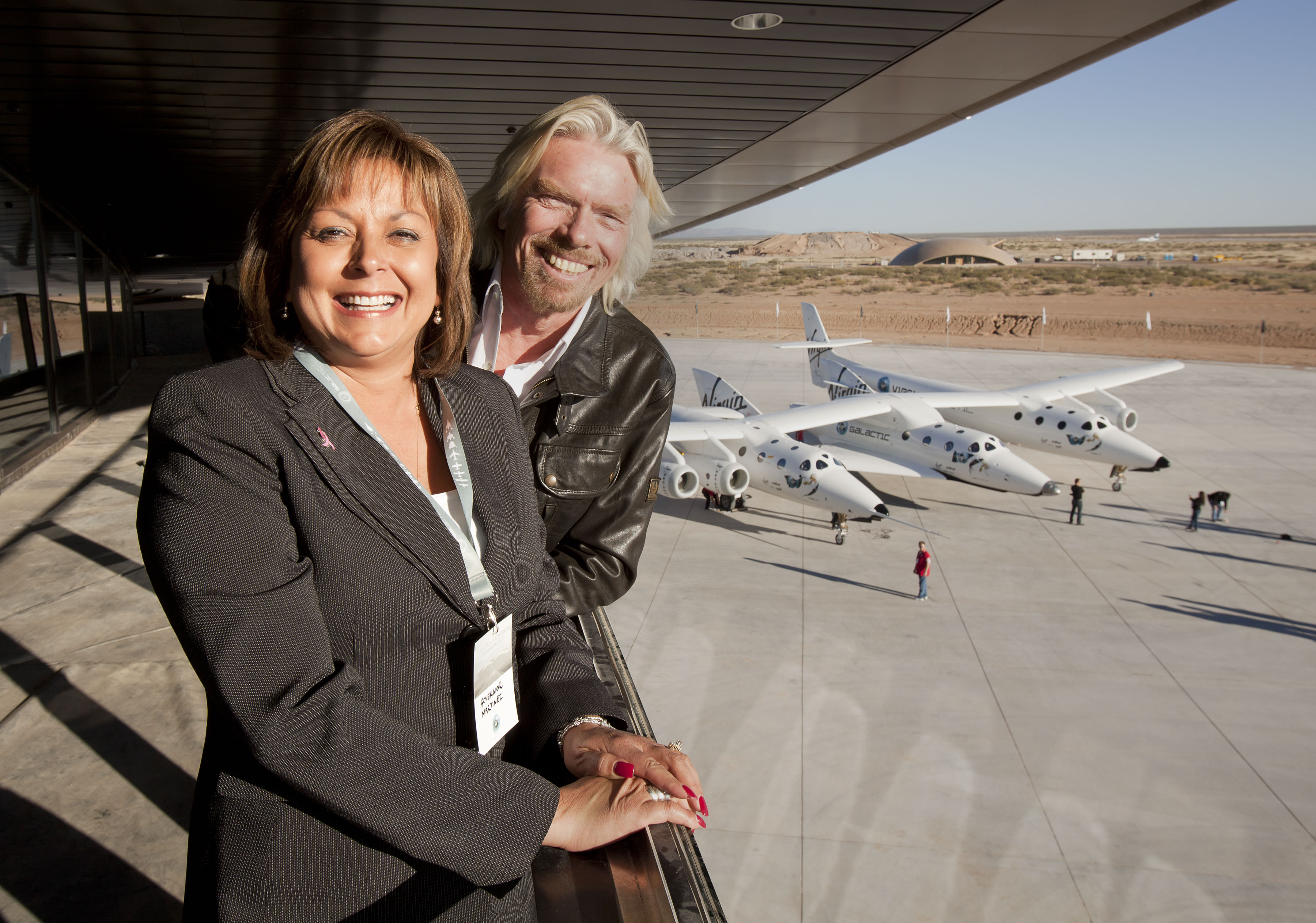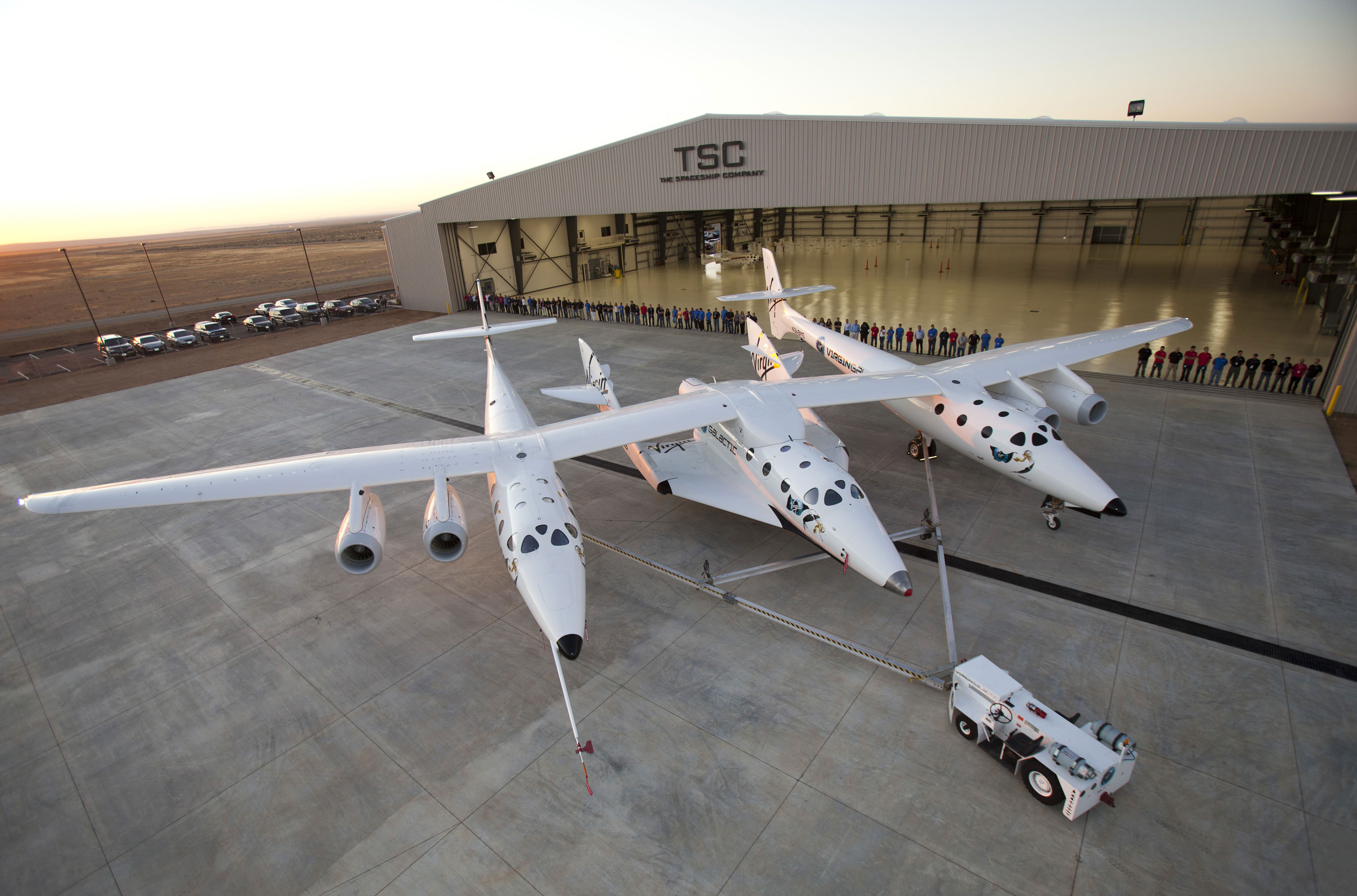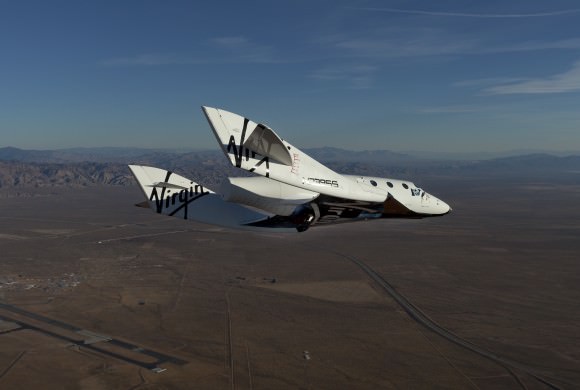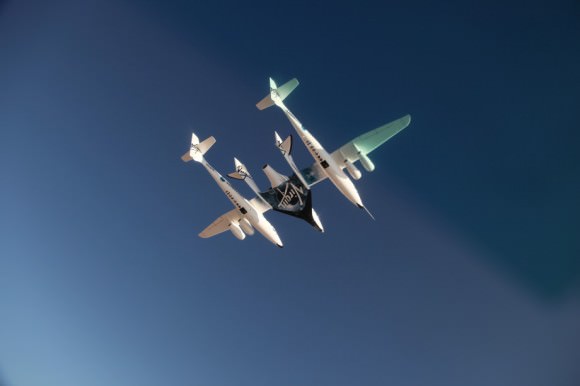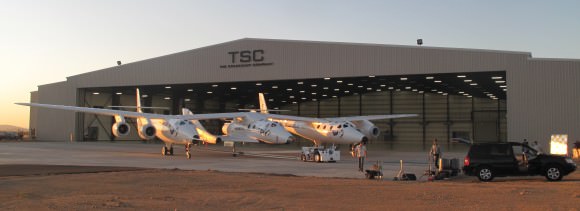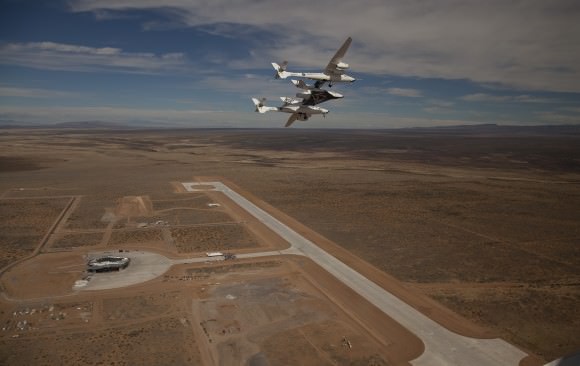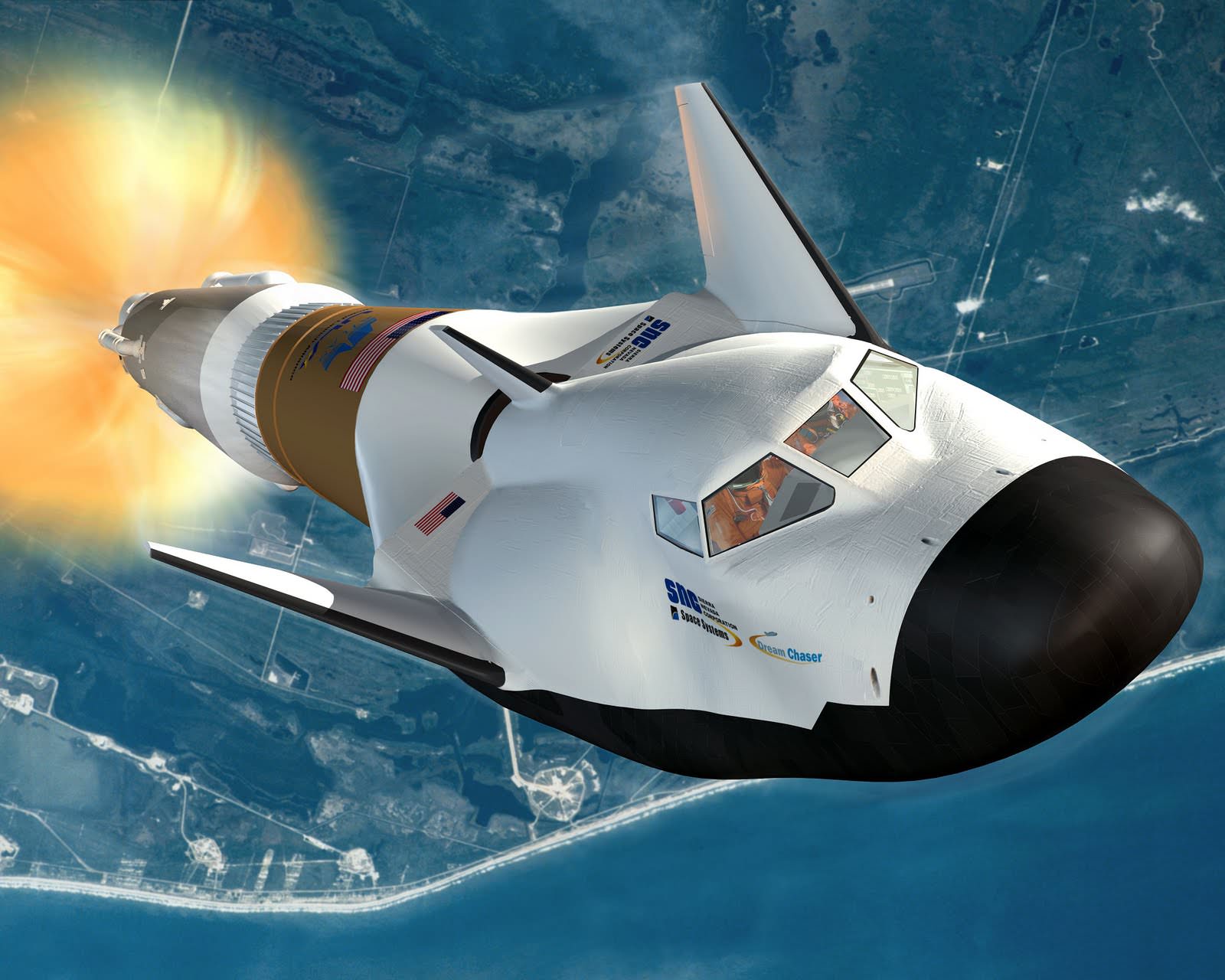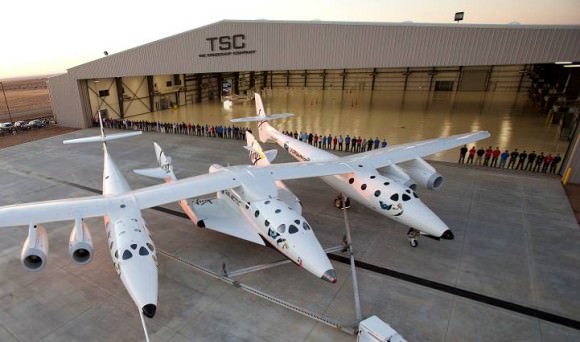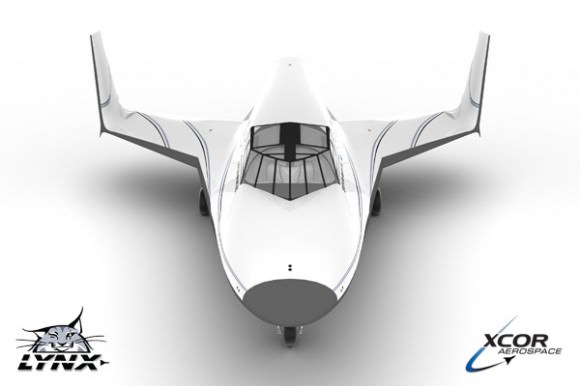The next time that American astronauts launch to space from American soil it will surely be aboard one of the new commercially built “space taxis” currently under development by a trio of American aerospace firms – Boeing, SpaceX and Sierra Nevada Corp – enabled by seed money from NASA’s Commercial Crew Program (CCP).
Boeing has moved considerably closer towards regaining America’s lost capability to launch humans to space when the firm’s privately built CST-100 crew capsule achieved two key new milestones on the path to blastoff from Florida’s Space Coast.
The CST-100 capsule is designed to carry a crew of up to 7 astronauts on missions to low-Earth orbit (LEO) and the International Space Station (ISS) around the middle of this decade.

Boeing’s crew transporter will fly to space atop the venerable Atlas V rocket built by United Launch Alliance (ULA) from Launch Complex 41 on Cape Canaveral Air Force Station in Florida.
The Boeing and ULA teams recently completed the first wind tunnel tests of a 7 percent scale model of the integrated capsule and Atlas V rocket (photo above) as well as thrust tests of the modified Centaur upper stage.
The work is being done under the auspices of NASA’s Commercial Crew Integrated Capability (CCiCap) initiative, intended to make commercial human spaceflight services available for both US government and commercial customers, such as the proposed Bigelow Aerospace mini space station.

Since its maiden liftoff in 2002, the ULA Atlas V rocket has flawlessly launched numerous multi-billion dollar NASA planetary science missions like the Curiosity Mars rover, Juno Jupiter orbiter and New Horizons mission to Pluto as well as a plethora of top secret Air Force spy satellites.
But the two stage Atlas V has never before been used to launch humans to space – therefore necessitating rigorous testing and upgrades to qualify the entire vehicle and both stages to meet stringent human rating requirements.
“The Centaur has a long and storied past of launching the agency’s most successful spacecraft to other worlds,” said Ed Mango, NASA’s CCP manager at the agency’s Kennedy Space Center in Florida. “Because it has never been used for human spaceflight before, these tests are critical to ensuring a smooth and safe performance for the crew members who will be riding atop the human-rated Atlas V.”
The combined scale model CST-100 capsule and complete Atlas V rocket were evaluated for two months of testing this spring inside an 11- foot diameter transonic wind tunnel at NASA’s Ames Research Center in Moffett Field, Calif.
“The CST-100 and Atlas V, connected with the launch vehicle adaptor, performed exactly as expected and confirmed our expectations of how they will perform together in flight,” said John Mulholland, Boeing vice president and program manager for Commercial Programs.
Testing of the Centaur stage centered on characterizing the flow of liquid oxygen from the oxygen tank through the liquid oxygen-feed duct line into the pair of RL-10 engines where the propellant is mixed with liquid hydrogen and burned to create thrust to propel the CST-100 into orbit.
Boeing is aiming for an initial three day manned orbital test flight of the CST-100 during 2016, says Mulholland.
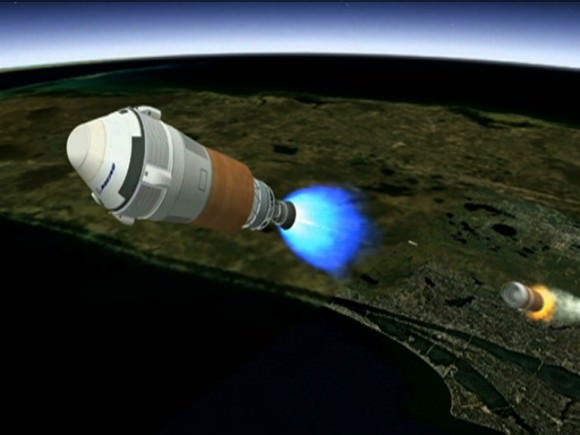
But that date is dependent on funding from NASA and could easily be delayed by the ongoing sequester which has slashed NASA’s and all Federal budgets.
Chris Ferguson, the commander of the final shuttle flight (STS-135) by Atlantis, is leading Boeing’s flight test effort.
Boeing has leased one of NASA’s Orbiter Processing Facility hangers (OPF-3) at the Kennedy Space Center (KSC) for the manufacturing and assembly of its CST-100 spacecraft.
Mulholland told me previously that Boeing will ‘cut metal’ soon. “Our first piece of flight design hardware will be delivered to KSC and OPF-3 around mid 2013.”
NASA’s CCP program is fostering the development of the CST-100 as well as the SpaceX Dragon and Sierra Nevada Dream Chaser to replace the crew capability of NASA’s space shuttle orbiters.
The Atlas V will also serve as the launcher for the Sierra Nevada Dream Chaser space taxi.
Since the forced retirement of NASA’s shuttle fleet in 2011, US and partner astronauts have been 100% reliant on the Russians to hitch a ride to the ISS aboard the Soyuz capsules – at a price tag exceeding $60 Million per seat.
Simultaneously on a parallel track NASA is developing the Orion crew capsule and SLS heavy lift booster to send humans to the Moon and deep space destinations including Asteroids and Mars.
And don’t forget to “Send Your Name to Mars” aboard NASA’s MAVEN orbiter- details here. Deadline: July 1, 2013
…………….
Learn more about Conjunctions, Mars, Curiosity, Opportunity, MAVEN, LADEE and NASA missions at Ken’s upcoming lecture presentations:
June 4: “Send your Name to Mars” and “CIBER Astro Sat, LADEE Lunar & Antares ISS Rocket Launches from Virginia”; Rodeway Inn, Chincoteague, VA, 8:30 PM
June 11: “Send your Name to Mars” and “LADEE Lunar & Antares ISS Rocket Launches from Virginia”; NJ State Museum Planetarium and Amateur Astronomers Association of Princeton (AAAP), Trenton, NJ, 730 PM.
June 12: “Send your Name to Mars” and “LADEE Lunar & Antares ISS Rocket Launches from Virginia”; Franklin Institute and Rittenhouse Astronomical Society, Philadelphia, PA, 8 PM.
